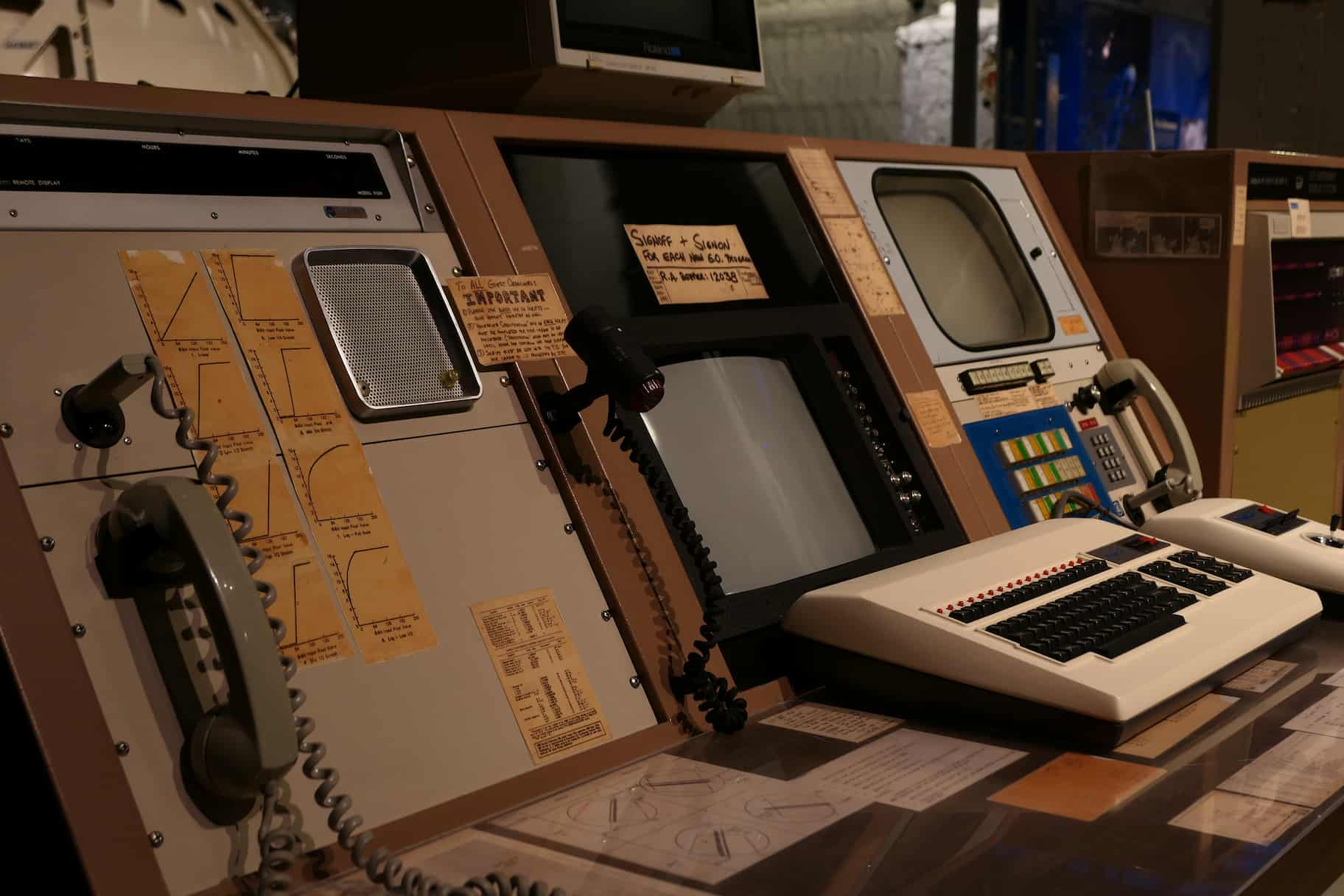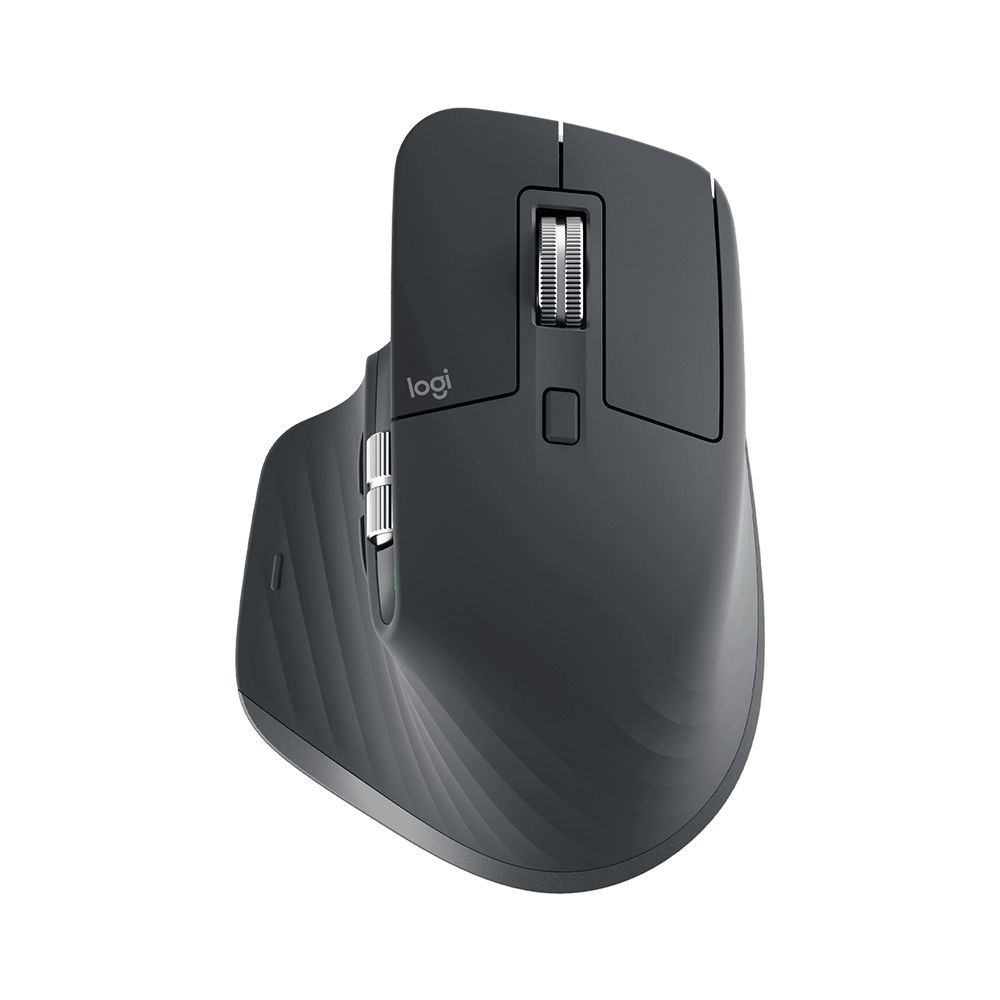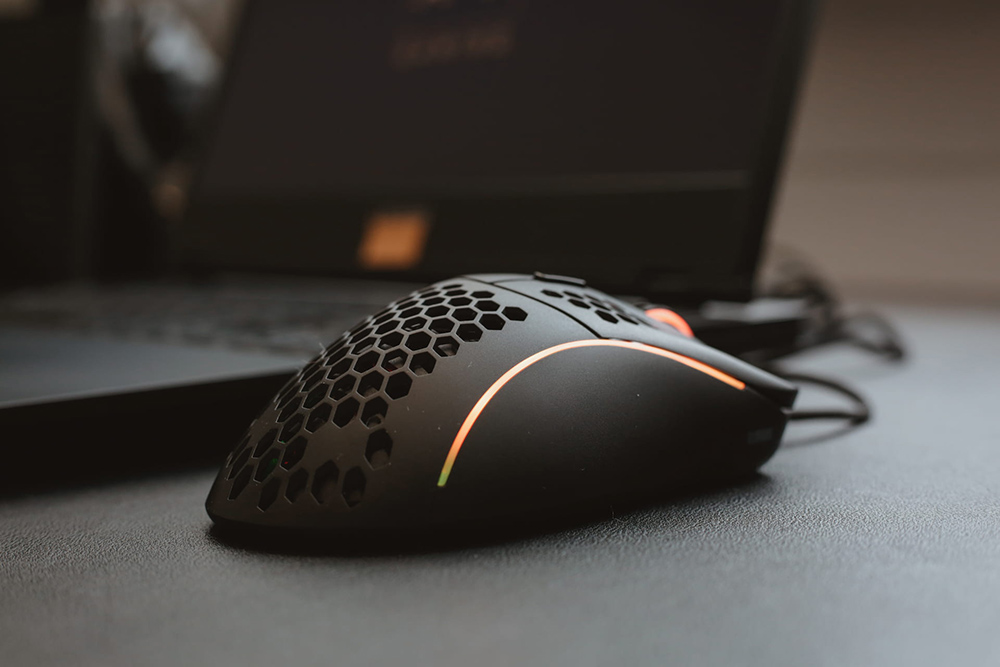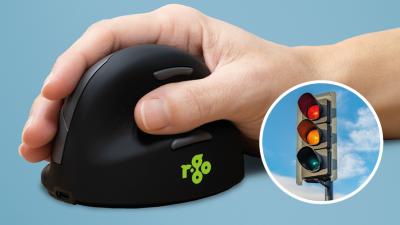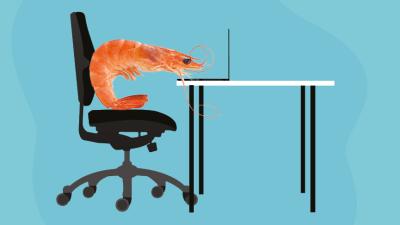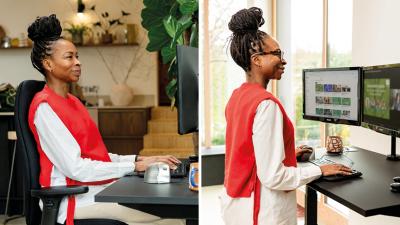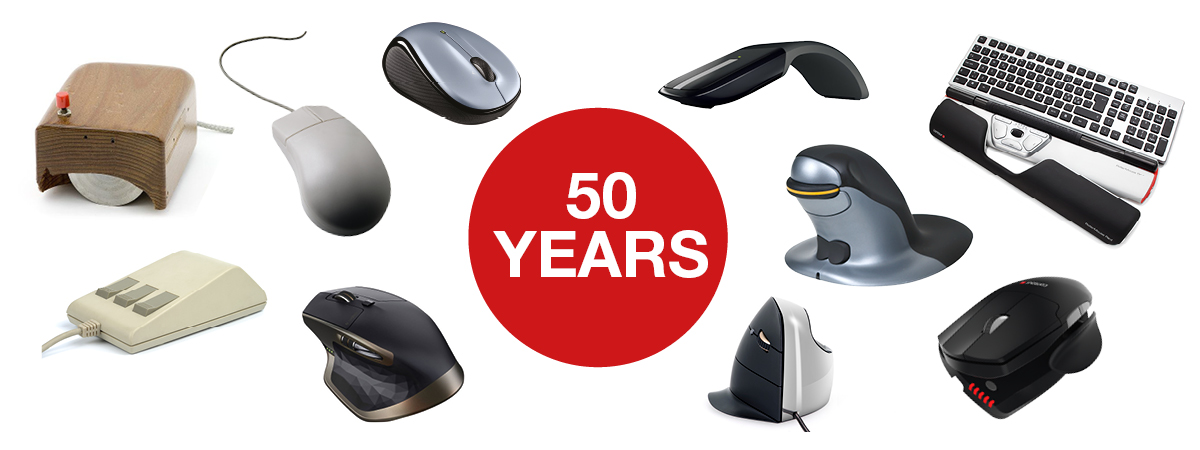
It's fair to say that the computer mouse has had a pretty substantial impact on the computing industry. The on-screen interfaces we now interact with without a second thought and all the thoughtfully laid-out programmes we use to carry out tasks; all of which exist because the computer mouse gave normal people direct control over their machines.
Nowadays, the computer mouse is a common piece of equipment that almost every computer user owns. But, after 50 years of existence, could there be changes in store for our beloved mice? Let’s discuss.
Who invented the computer mouse?
The computer mouse was invented more than 50 years ago by engineer Douglas Englebart. Back then, it was a fairly simple device constructed from a wooden case with two wheels and just one button.
When Englebart presented his invention to a crowd of 1,000 in San Francisco in 1968, he began with this question: “If in your office, you, as an intellectual worker, were supplied with a computer display backed up by a computer that was alive for you all day, and was instantly responsive to every action you have — how much value could you derive from that?”
This moment will forever go down in history as paving the way for modern computing as we know it.
Life before the computer mouse
At the time of Englebart's presentation, engineers communicated with computers (of which there were few, mainly in universities) using punch cards: paper cards containing holes punched by hand or machine, to represent data. Each card was a line of code that the computer would then process when inserted into a punch card reader. Englebart's proposition that we would one day communicate with computers directly - by moving a cursor around a screen or typing words, was revolutionary.
It is thanks to the humble mouse that the computer evolved into the technology millions of us now use and rely on every day. For 50 years the mouse has slowly shape-shifted through many different designs. But with the rise of touch screens, gesture and voice control, is the computer about to move on into the future without its trusty rodent-shaped sidekick?
The mouse hasn't always been as friendly as its quirky name suggests
As incredible an invention as it's been, the mouse hasn't been 100 per cent good for humanity. Some mouse designs, especially the traditional type shaped like a mouse, can force the hand and wrist into unnatural positions which, over time, can lead to musculoskeletal pain.
Common problems include:
- Wrist angled upwards or down (the wrists should be in-line with the forearm when using a mouse).
- Gripping mouse too tightly, leading to fatigue and pain.
- Excessive force when clicking - over time, stiff buttons can overwork small muscles.
- Small, repetitive movements.
Over 30 million working days are lost to musculoskeletal disorders each year in the UK.
The question is: will ditching the mouse eradicate the ergonomic problems associated with it, or will it simply introduce new problems?
The different types of computer mouse
As previously mentioned, there are now many different kinds of computer mice on the market. Each comes with varying price points and touts different features. Here are a few of the most common modern computer mice:
Ergonomic computer mice
An ergonomic computer mouse has been designed with your hand’s natural resting position in mind. It contains grooves for your fingertips, allowing them to relax into a comfortable position without forcing any strain on your wrist.
The Logitech MX Master 3 (pictured) is one of the best computer mice on the market for productivity. It features a highly accurate laser for instantaneous tracking, high polling rates for incredible responsiveness, and a modern, elegant design that’s sure to blend into any office setup.
Vertical computer mice
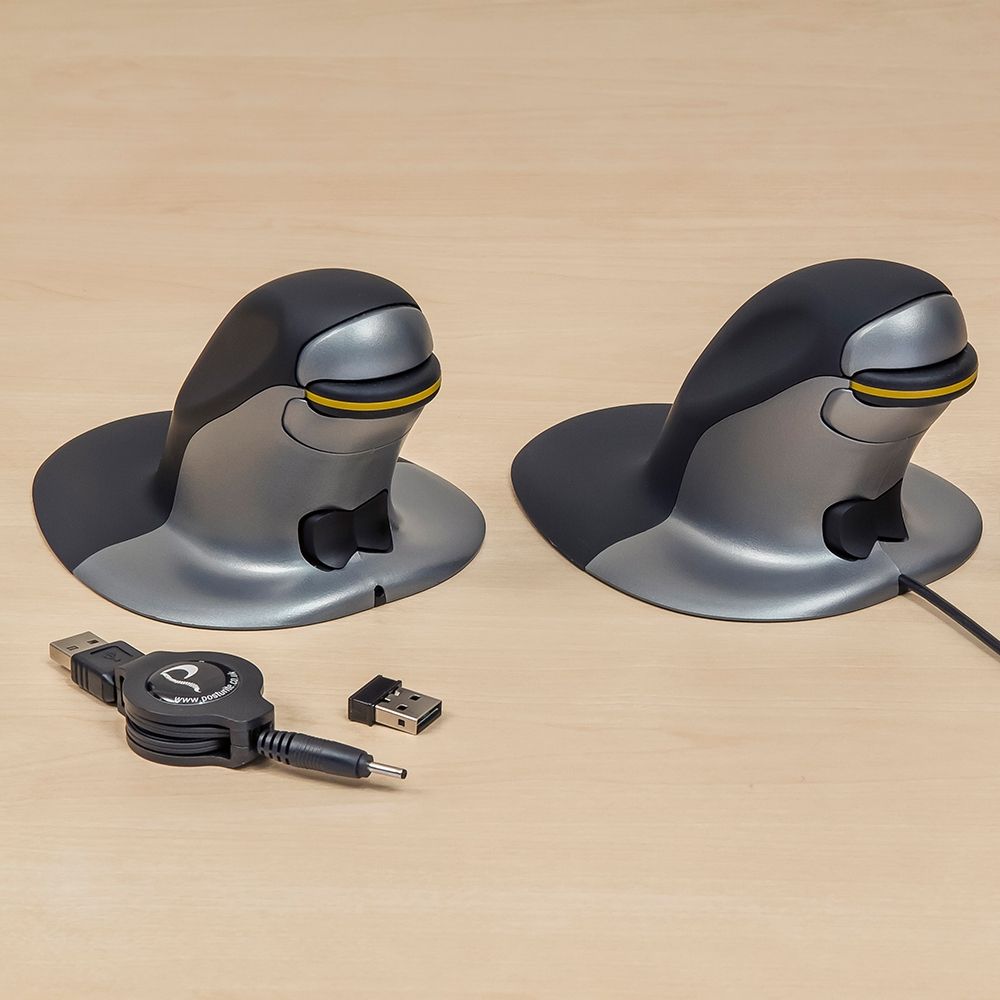
The prospect of a vertical computer mouse may sound alien to a lot of computer users: after all, so many of them are designed similarly; how could a vertical mouse be any better? If you were to rest your hand on a table, your body will naturally want to place your hands in a vertical position with your palms facing inward. As such, vertical mice have been designed to take advantage of this, providing a more natural feel when compared to traditional mice.
With its innovative, ambidextrous design, our Penguin Vertical Mouse is especially comfortable for everyday use. It features an upright profile and can be connected wirelessly for even further freedom.
Trackball mice
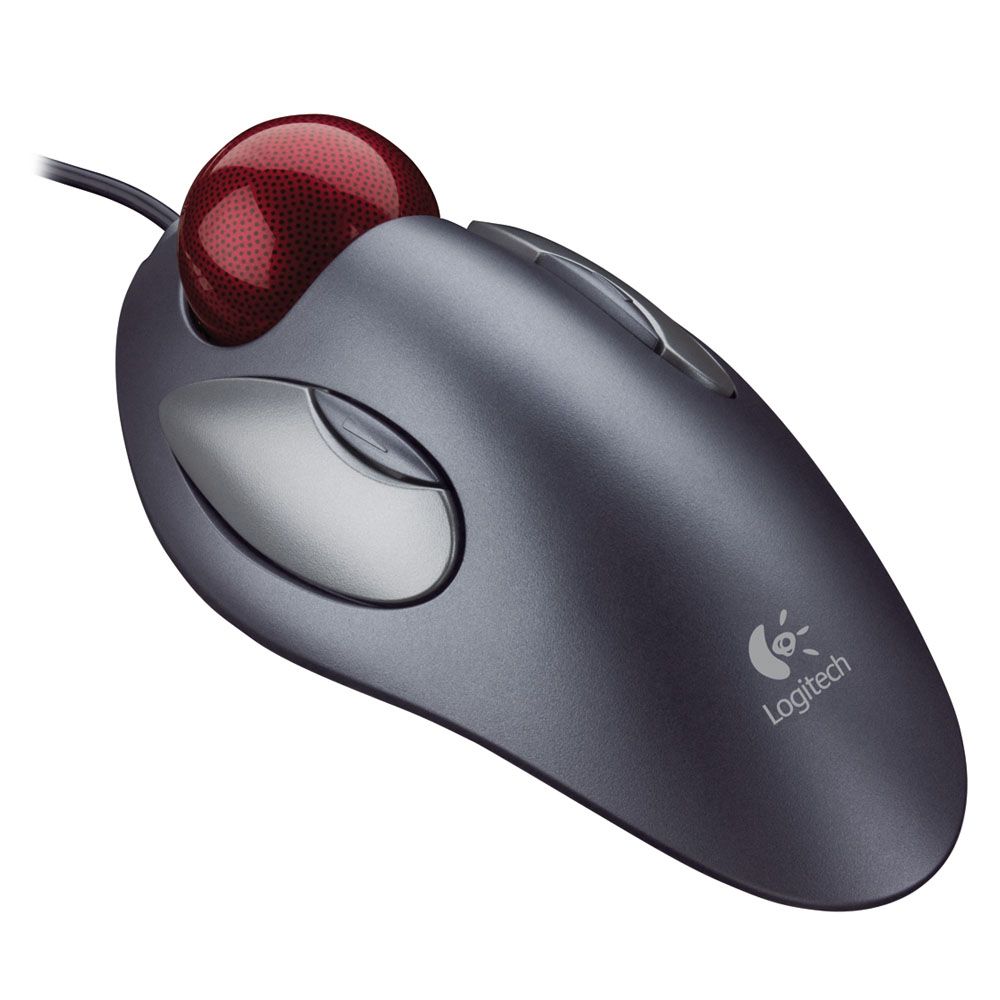
Usually, mice depend on upper body movement from our forearms to move a computer’s cursor. This can cause fatigue, especially during long working days. Trackball mice forego this design by including a rotating ball at the top of the mouse which users can move around. This avoids unnecessary movement and promotes increased comfort.
The Logitech Trackman makes for a perfect example. Its trackball protrudes from the top of the mouse body, making it quickly identifiable and easily operated thanks to its smooth material and tactile buttons.
Roll bar mice
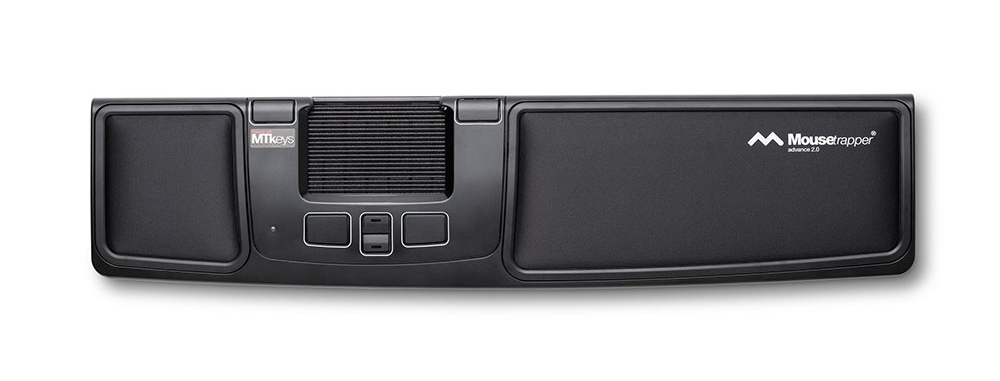
Much like a trackball mouse, a roll bar mouse requires no forearm movement thanks to a mesh-like control pad that translates movement into cursor adjustment. These types of mice are great for anyone who seeks wrist support or extra shortcuts, or for those looking to save space on their desktop.
Take the Mousetrapper Advance 2.0 for example. Its rectangular design allows the device to slot neatly underneath a traditional keyboard, removing the need for a mouse on the left or right.
Will the computer mouse become obsolete?
Many experts believe the days of the computer mouse are numbered. Touch-screen devices like our phones, tablets and some laptops are just the beginning of a shift in the way we interact with computers. Humans and computers are moving closer together. The boundaries that separate us are becoming ever thinner.
We spoke to independent ergonomist John Ridd to get his thoughts on the subject:
"In my view, for the foreseeable future there will remain some computer tasks that will best be achieved using the mouse, or NKID (non-keyboard-input-device). One problem with touch-screens is that the functional arm reach distance may not be the same as the user’s comfortable vision distance, leading to potential problems for one or the other.
Mice have been associated with the development of a number of MSDs (musculoskeletal disorders), but use of touch screens will not remove this risk entirely, and perhaps not at all; the problem may simply move the risk for vulnerable users to a different part of the body.
Touch-screens come with a wide range of MSD risks that have not as yet been adequately researched, and ergonomics will be essential in the design and layout of the new equipment and workplace to reduce these foreseeable problems, and this is an important point - if the MSD risk is foreseeable and a problem arises, then the employer may be considered to have been negligent if not taking appropriate measures to reduce that risk."
The future of computer mice
While your computer mouse may not be going anywhere anytime soon, there are some technological developments in the pipeline that could cut its future short.
Computers are being developed now that can read our brainwaves; others can read our facial expressions and respond accordingly. There is also the development of wearable devices that could project interactive computer screens onto any surface - a table, a wall, or a palm, perhaps removing the need for input devices entirely.
John's view that the mouse will still have a market - even with the development of new technology, is shared by David Kurlander, formerly of Microsoft's User Interface and Graphics Research Group, who says:
"The mouse has been at the centre of efficient desk-top working for decades, and workers who have grown up with these will take some time to become comfortable with the new technological options, and cannot reasonably be expected to change from one to the other without an approriate transition period. As ever in ergonomics, it’s about adapting the equipment for the worker rather than forcing the worker to compromise their posture."
Mice and keyboards won't go away completely as they are an extremely fast and efficient way of interacting with computers, but we are going to see a lot more manipulating and placing of real-life things."
Discover ergonomic mice and more at Posturite
For now, the mouse remains one of our most-used tools. For us at Posturite, the most important thing is that we match workers to the right design to limit the risk of MSDs forming. You can view our entire collection of ergonomic mice here.






